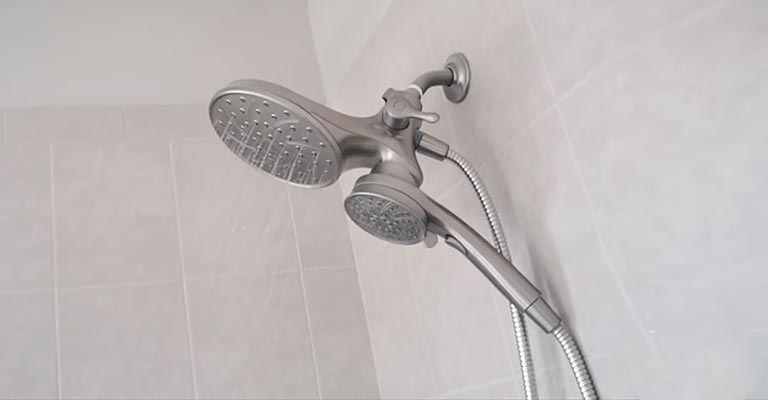It can feel as if a bath or shower is taking forever when there is low water pressure. If you’ve replaced the valves, faucets, and shower head in your shower recently, but the pressure still seems to be dropping, there could be several reasons for that.
The best way to turn a shower into an enjoyable experience again is to understand the problem and create a solution. See if you get good flow when you remove the shower head.
Occasionally, when working on pipes, debris gets dislodged and clogs filters and outlet valves. Ensure that the screens and holes in the shower head are clean if the flow is good without the shower head.
The plumber should check the cartridges for clogging and, if necessary, replace them if the flow is still poor without the shower head.
10 Common Causes of Low Water Pressure in Showers
Low pressure in a shower can be caused by a number of plumbing issues. The first step to resolving this problem is to identify its cause.
The problem with your shower water pressure can be caused by any of these common problems, which are explained below.
1. Adjustable Showerhead
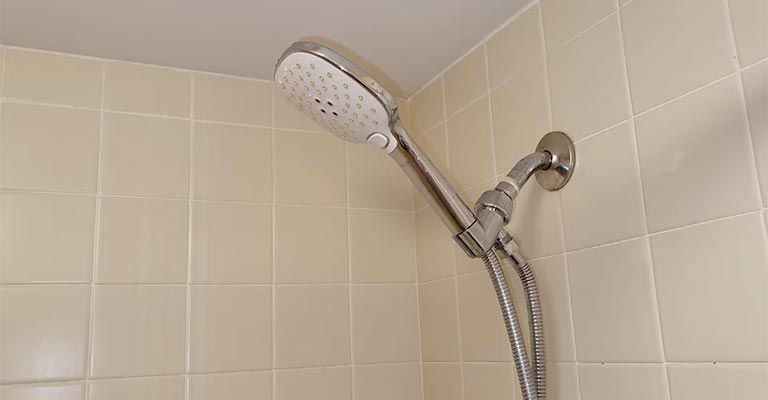
The pressure may drop if you replace your showerhead and valve at the same time. In the case of a low-pressure showerhead, the old one may have concealed an issue that your new one now reveals.
Depending on the type of showerhead, you can also adjust the water pressure by turning the head or turning a small switch on the side of the head.
You’ll most likely also find a water restrictor inside your new showerhead. If this restrictor is removed, the head may experience higher pressure once it is returned to the position it was in before.
2. A Clogged Showerhead
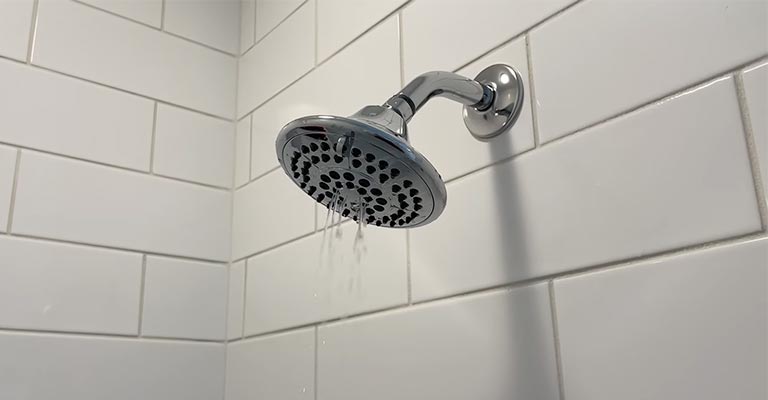
Clogged showerheads can also be the cause of uneven shower pressure in some cases. It is necessary to remove and clean clogged showerheads in order to fix low water pressure in shower fixtures.
Soak the head for an hour or two in a cleaning solution if you can remove it from the wall. Place a small plastic bag filled with your solution over the fixture and secure it with a rubber band if you cannot remove the fixture.
A toothbrush can be used to clean all the nozzles when it has been removed from the solution. The showerhead should also be thoroughly cleaned with bleach if it has mold inside or on it. Reinstall the showerhead after rinsing it.
3. Wrong System
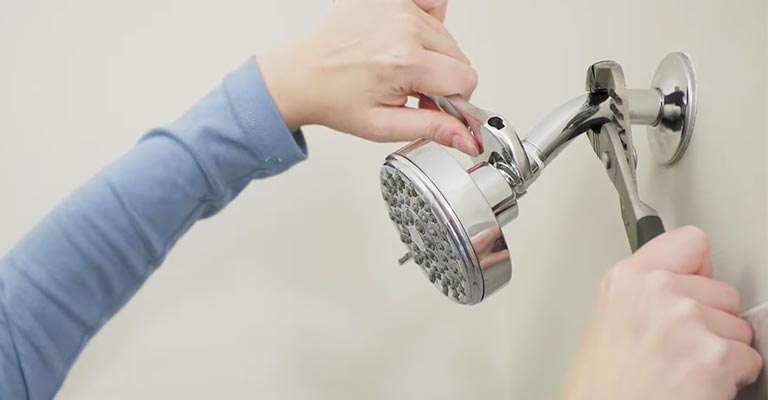
The amount of water entering your home may be affected if the new shower and tub faucet you have installed was added on top of the old one.
Water from a well may only be supplied at a rate of about 5 gallons per minute. Water used by body sprays takes approximately two and a half gallons per minute, while water used by showerheads can take up to eight.
A low-flow household with two water sources will experience a decrease in water pressure at each of those sources.
4. Wrong-Sized Valve
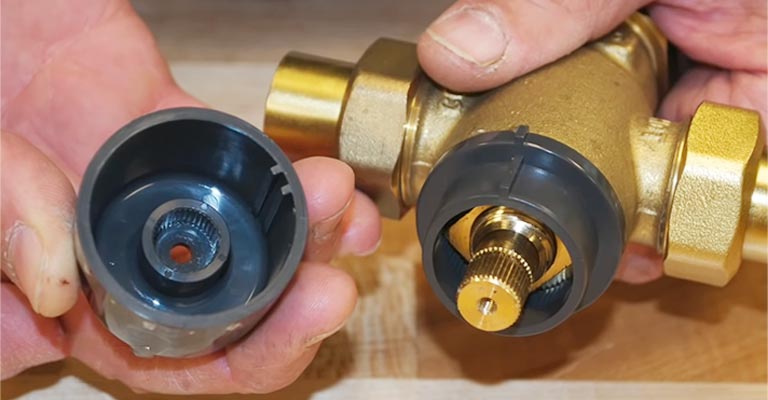
The two most common sizes of shower valves are 1/2-inch and 3/4-inch. It happens because the plumbing enters your home through pipes that are more than one inch thick, then drops in diameter.
There are some homes that drop only to 3/4-inch pipes, which result in higher water pressure and volume. Some houses have 1/2-inch pipes, which can lower pressure by 80 percent.
Pressure can also be compromised by putting the wrong size of valve in your shower system. If you have 3/4-inch pipes in your home but reduced the valve to 1/2-inch, you will notice a sharp drop in pressure.
5. Updated Water Flow
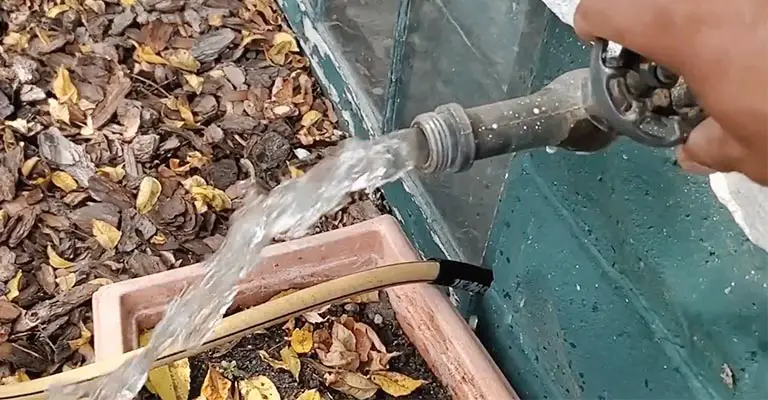
It is possible that the drop in pressure you experience is a drop in water flow if the valve or faucet you replaced was produced prior to the new water conservation laws.
A deluge showerhead can use as much as 10 gallons of water per minute, which is higher than many older showerheads.
Several newer water-saving faucets and showerheads use less than 2 1/2 gallons of water in a minute, and others may use as little as 1 1/2 gallons.
A low water pressure may have prevented you from noticing the higher flow of water in your house. When you use a low-flow faucet or showerhead for the first time, you may notice that the pressure is lower.
6. Broken Or Obstructed Piping
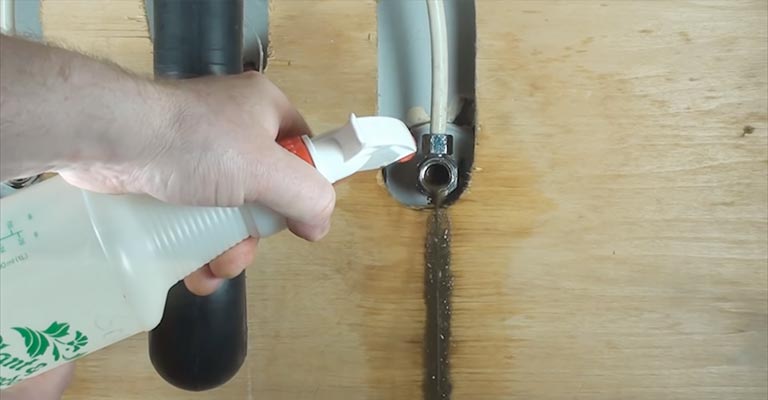
You should be aware that this is one of the most dangerous causes of a reduction in water pressure in your shower because you can sustain significant damage to your home as a result of the leak.
The first thing you should do if you hear water drip or run when everyone’s faucets are off or see water stains anywhere is to turn off the main valve and call a plumber immediately.
A drop in water pressure can also be caused by old, galvanized piping deteriorating from the inside out, causing the diameter to shrink internally.
Replacement of the old, corroded piping is the only solution to this problem. In order to resolve the problem with your shower’s water pressure, a plumber must first fix the pipe issue.
7. The Water Pressure Regulator Is Faulty
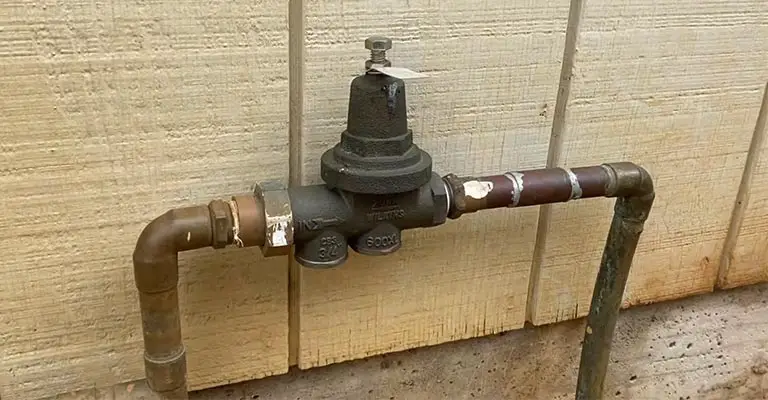
Keeping water pressure within a safe range is the responsibility of your plumbing system’s water pressure regulator. 40 to 80 psi is typically the water pressure setting.
You can either experience an increase in water pressure or a decrease in water pressure in the entire plumbing system if the water pressure regulator malfunctions. A new water pressure regulator is required to resolve this issue.
It is best for this job to be performed by your plumber, who will remove the old component and replace it with a new regulator on your home’s main water supply line.
8. The Mixing Valve Is Defective
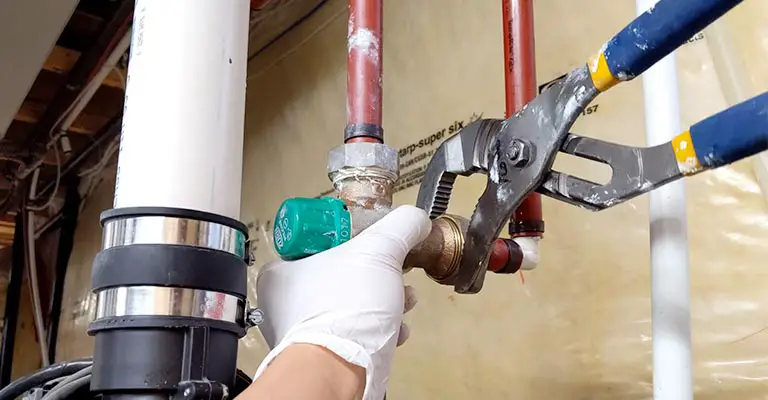
Despite having a thermostatic mixing valve instead of a pressure balancing valve on your single-knob tub faucet, water pressure problems may still occur.
Water pressure in your shower can be disrupted if the mixing valve becomes stuck or wears out.
If you notice this problem, contact a licensed plumber. Professionals should be entrusted with the repair or replacement of the mixing valve due to the difficulty of accessing it.
9. Pressure Balancing Valve Limitations
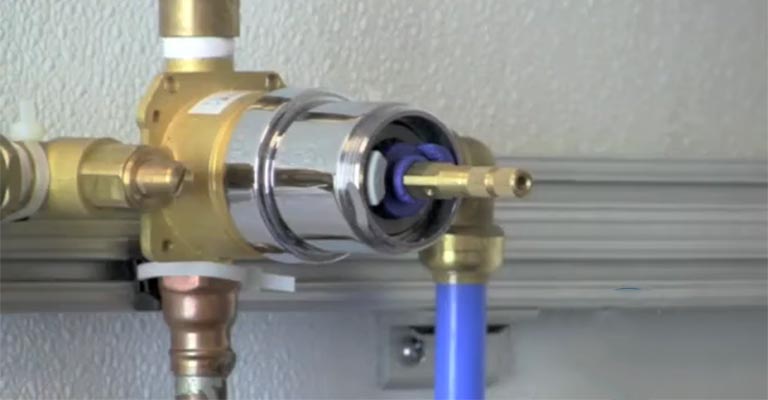
When other plumbing fixtures like toilets are used, it can result in interruptions in water pressure and water temperature if your shower has a pressure balancing valve (one knob that controls both water temperature and flow rate).
A valve of this type combines hot and cold water at specific pressure levels. In other words, when a toilet is flushed, cold water will be diverted to refill the tank, which will result in a reduction of cold-water pressure.
Pressure balancing valves take a few seconds to adjust, resulting in a reduced water pressure in the shower to prevent scalding.
The shower valve will increase the hot pressure to match the cold pressure once the cold pressure returns. It is necessary to have a plumber repair the pressure balancing valve to resolve this issue.
10. Malfunctioning Diverter Valve
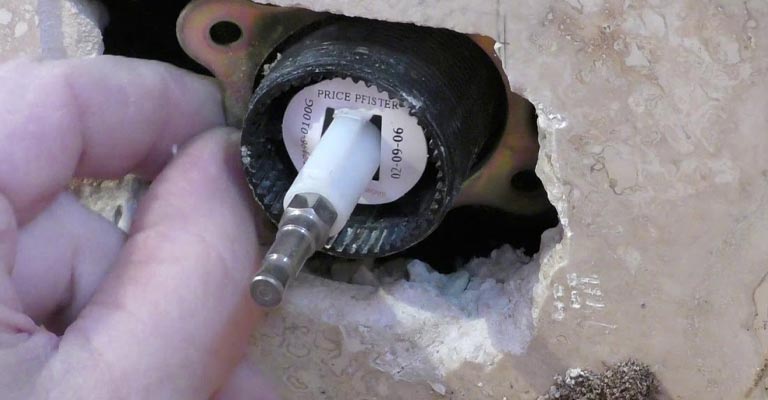
You will most likely have a diverter valve installed if you have a bathtub and shower combination. Water is diverted from the tub spout to the showerhead with this switch or knob.
It is not uncommon for these switches to malfunction after working hard for a few years, resulting in them not being able to open far enough for the showerhead to receive full pressure.
A steady stream of water from the tub spout is normal when diverting, but if the water dribbles continuously, it means the diverter needs to be replaced.
Final Words
When your shower’s water pressure drops, it’s an annoying problem, even if it lasts only a short time.
You may experience temporary discomfort if your water pressure drops while you bathe when the toilet flushes, or you may encounter long-term problems if you don’t fix the underlying issue.

